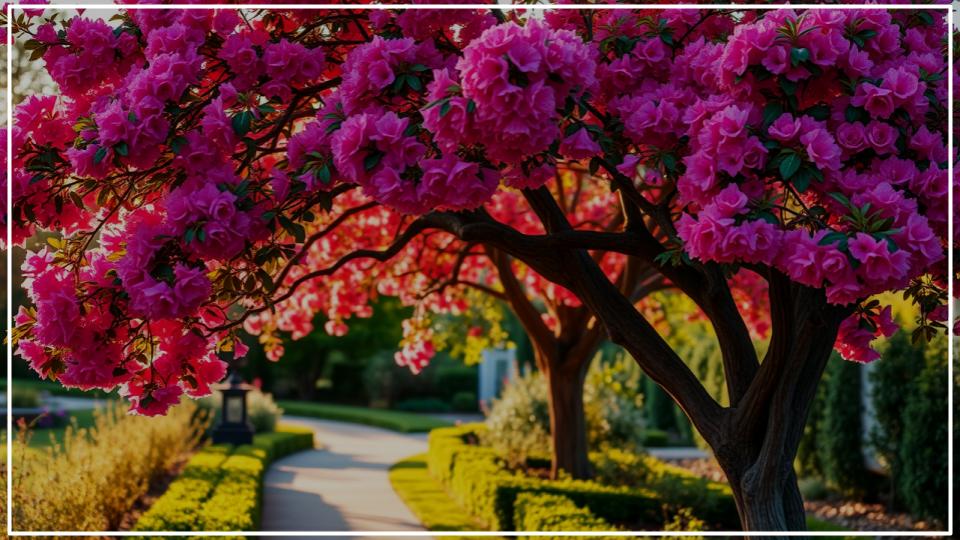
There is a unique and profound satisfaction that comes from planting a tree. It’s an act of hope, a gift to the future, and a promise of shade, beauty, and sanctuary. Yet, many new gardeners feel intimidated by the prospect, imagining complicated care routines and potential failure. The secret, however, isn’t about having a master’s touch—it’s about making a masterful choice from the start. Selecting the right tree is the single most important step to success. This guide is designed to demystify that process, introducing you to the most forgiving and easy to grow trees available.
We will walk through 11 splendid options that are not only beautiful but also remarkably resilient, requiring minimal fuss once established. Get ready to transform your landscape and create a legacy of green you can be proud of.
Key Insights for the Eager Gardener
Here’s what you need to know about choosing the right tree:
- Right Plant, Right Place: Match the tree’s mature size and light needs (sun or shade) to your location before you buy.
- Soil Isn’t Just Dirt: While these trees are adaptable, good drainage is the most common key to success.
- Water Wisely: Deep, infrequent watering is better than a light sprinkle every day. This encourages deep, strong roots.
- Patience is a Virtue: Trees spend their first year or two establishing roots below ground before you see significant growth up top.
What Truly Makes a Tree ‘Easy to Grow’?
In the world of horticulture, ‘easy’ isn’t a shortcut; it’s a sign of a well-adapted and resilient plant. When I talk about trees for beginners, I’m referring to species with a few key traits. They are generally adaptable to a wide range of soil types, from clay to sand. They exhibit good drought tolerance after their first couple of years in the ground, meaning you won’t be tethered to a hose all summer. Furthermore, they are typically resistant to the most common pests and diseases, saving you from playing amateur diagnostician. A truly low-maintenance tree won’t demand constant, complicated pruning to maintain its shape and health.
In my own garden, I’ve learned that the most successful plantings are those where the tree’s natural inclinations match the garden’s conditions. By choosing one of these tough beauties, you are setting yourself up for a lifetime of enjoyment rather than a decade of chores.
Our Top 11 Easy to Grow Trees for a Stunning Yard
Here are eleven of the most dependable and delightful trees that will reward your efforts with grace and beauty for years to come.
1. Crape Myrtle (Lagerstroemia indica)
The Crape Myrtle is the undisputed queen of the summer garden, offering magnificent plumes of color in shades of pink, purple, red, and white when little else is blooming.
- Why It’s Easy: This tree absolutely thrives in heat and is remarkably drought-tolerant once established. It’s also resistant to many pests. Modern cultivars, such as the ‘Muskogee’ or ‘Natchez’, are also highly resistant to powdery mildew, a common ailment of older varieties. According to the University of Georgia Extension, selecting a resistant variety is the key to low-maintenance success.
- Expert Tip: Resist the urge to commit “crape murder”—the severe lopping of branches in late winter. It’s unnecessary and harms the tree’s lovely natural form. Simply prune away any crossing branches or suckers from the base.
- Best For: Full sun locations that need a dramatic pop of mid-to-late summer color.
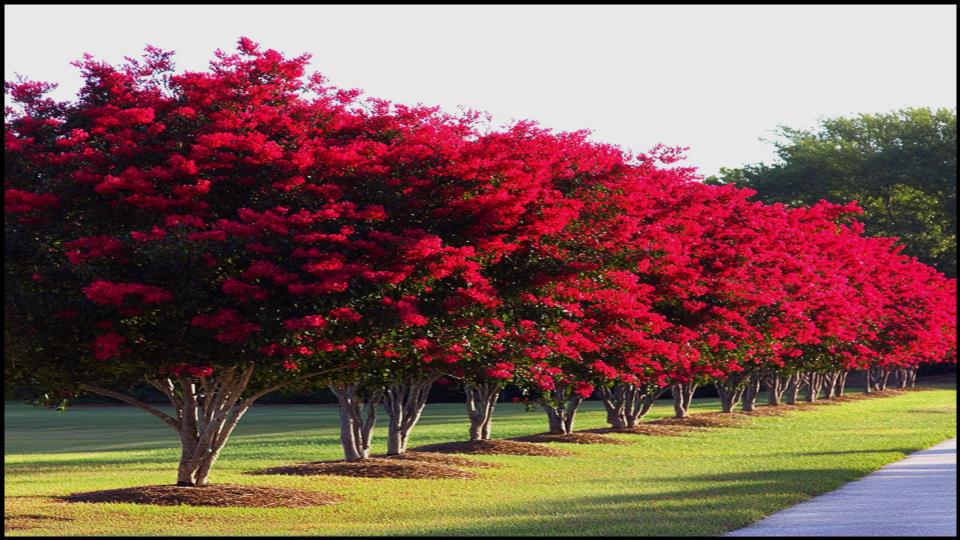
2. Serviceberry (Amelanchier spp.)
For those who want a tree that performs all year long, the Serviceberry is a perfect choice. It offers delicate white flowers in spring, sweet edible berries in June (if you can get to them before the birds do!), brilliant red-orange fall color, and an elegant gray bark in winter.
- Why It’s Easy: It’s an understory tree by nature, so it’s tolerant of various light conditions, from full sun to part shade. It’s also adaptable to different soil moistures.
- Expert Tip: I often recommend Serviceberry for smaller yards where you want the benefits of a larger tree without the overwhelming size. It provides structure and multi-season interest in a compact package.
- Best For: Four-season interest, attracting wildlife, and gardens with dappled sunlight.
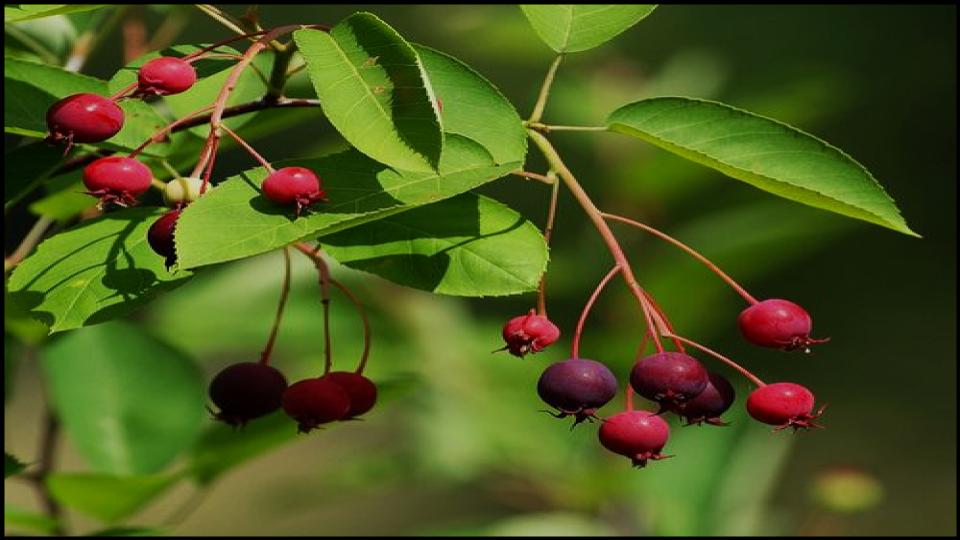
3. River Birch (Betula nigra)
The beauty of a River Birch is all about its stunning, exfoliating bark, which peels back in layers of cream, salmon, and cinnamon.
- Why It’s Easy: As its name suggests, it tolerates wet soil where many other trees would fail. It is also quite fast-growing and resistant to the bronze birch borer, which can be a fatal problem for other birch species.
- Expert Tip: For the most dramatic effect, plant them in a multi-stemmed clump. The ‘Heritage’ cultivar is a particularly vigorous and beautiful selection with lighter-colored bark, as noted by the Missouri Botanical Garden.
- Best For: Damp areas of your yard, adding winter interest, and a naturalistic look.
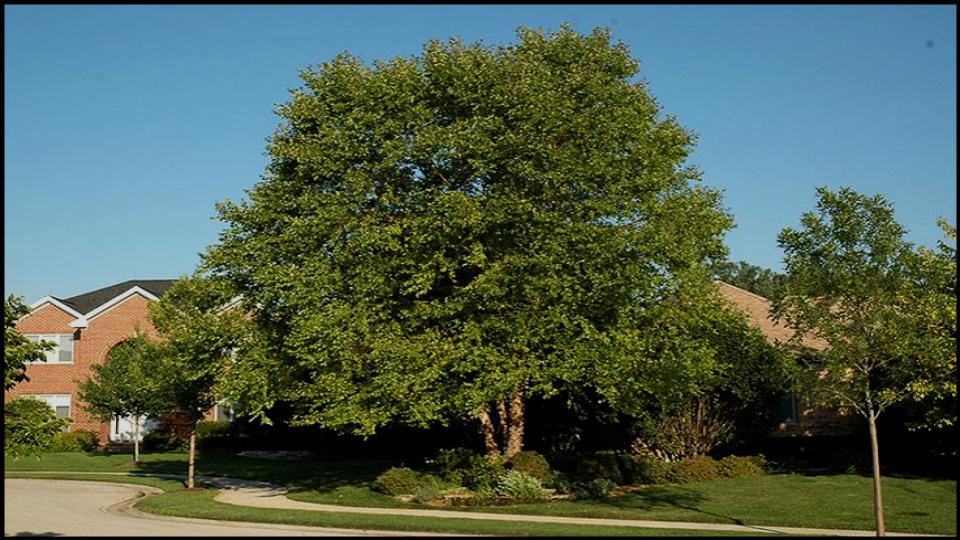
4. Eastern Redbud (Cercis canadensis)
There is no sight more breathtaking in spring than an Eastern Redbud in full bloom. Its bare branches are completely covered in tiny, vibrant magenta-pink blossoms, heralding the arrival of the new season.
- Why It’s Easy: This is a tough native tree that is well-adapted to a variety of conditions and generally free of serious pests. It remains relatively small, making it suitable for suburban yards.
- Expert Tip: Don’t be afraid of the newer cultivars! ‘The Rising Sun’ offers gorgeous apricot-colored new leaves, while ‘Forest Pansy’ has deep purple foliage that adds season-long color.
- Best For: Spectacular spring color, small yards, and naturalizing at the edge of a woodland.
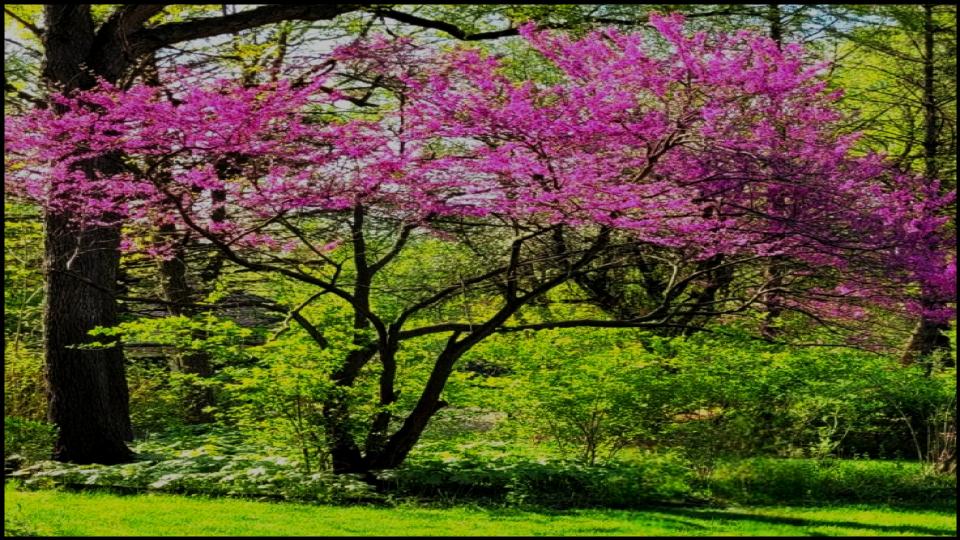
5. Thuja ‘Green Giant’ (Thuja plicata ‘Green Giant’)
If you need a living privacy screen and you need it fast, Thuja ‘Green Giant’ is one of the best fast-growing trees on the market.
- Why It’s Easy: It grows at a remarkable pace—often three feet per year or more—and is extremely resistant to the pests and diseases that can plague other screening trees like the Leyland Cypress. It’s also quite drought tolerant once established and deer tend to leave it alone.
- Expert Tip: A common mistake I see is planting these too close together. While it’s tempting for an instant screen, give them at least 5 to 6 feet of space between trunks. This ensures good air circulation and prevents them from crowding each other out as they mature, an important point highlighted by the North Carolina State Extension.
- Best For: Creating a fast-growing, low-maintenance privacy hedge or windbreak.
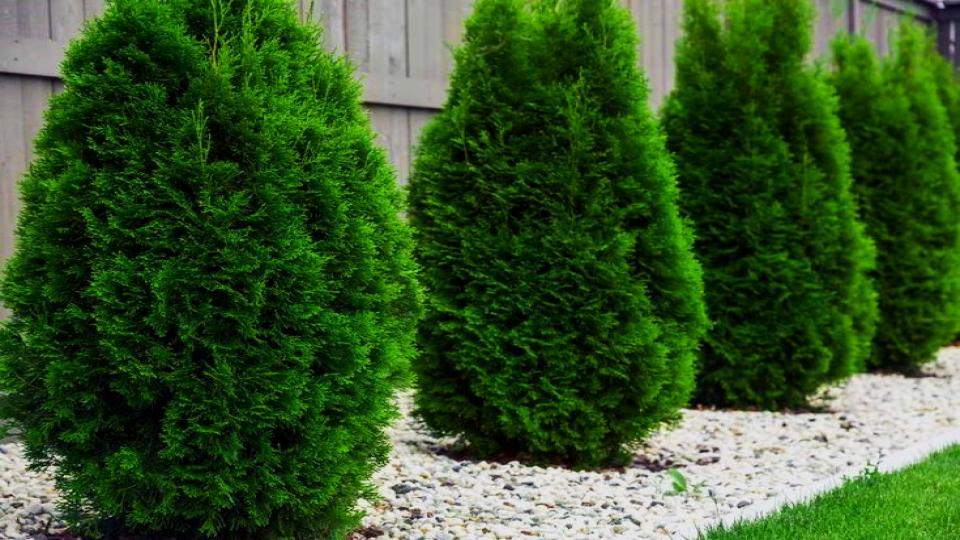
6. Northern Red Oak (Quercus rubra)
For those with the space to spare, an oak is a majestic investment in the future. The Northern Red Oak is one of the faster-growing oaks, providing wonderful shade and structure.
- Why It’s Easy: It’s a strong, long-lived native tree that is highly adaptable to urban and suburban conditions. It isn’t picky about soil and develops a deep root system that makes it very stable and drought-tolerant.
- Expert Tip: Planting an oak is a true gift to wildlife. It supports hundreds of species of caterpillars, which in turn are essential food for songbirds. It’s a cornerstone of a healthy backyard ecosystem.
- Best For: Large yards, providing dense shade, and supporting local wildlife.
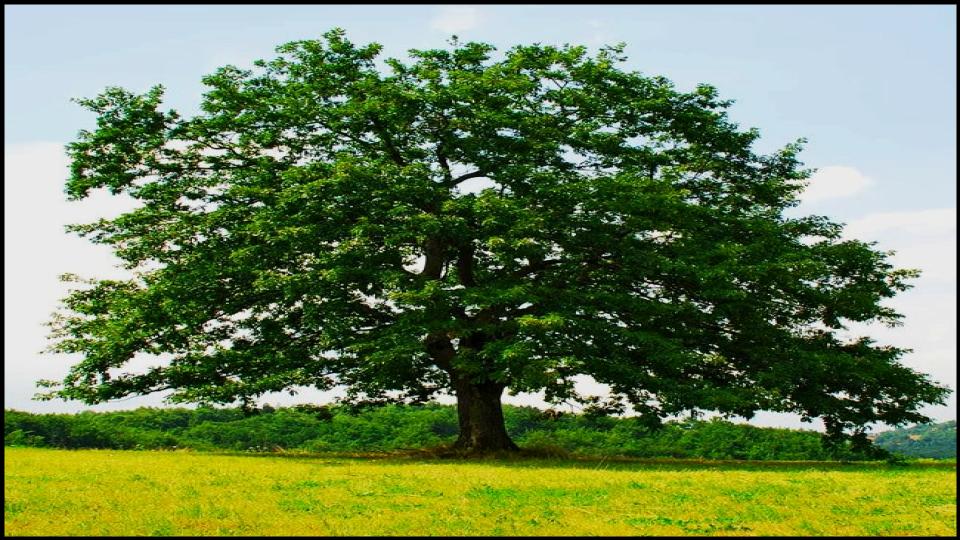
7. Saucer Magnolia (Magnolia × soulangeana)
The very definition of elegance, the Saucer Magnolia produces huge, goblet-shaped flowers in shades of white, pink, and purple in early spring before the leaves emerge.
- Why It’s Easy: These trees are surprisingly tough and adaptable, tolerating city pollution and a range of soil types. They set their flower buds in the summer, so a late frost can sometimes damage the blooms, but the tree itself is rarely harmed.
- Expert Tip: They have a beautiful, low-branching habit. I always advise planting them where they have room to spread and can be admired up close, rather than trying to prune them into a more traditional tree shape.
- Best For: A stunning, can’t-miss-it specimen tree in a front yard.
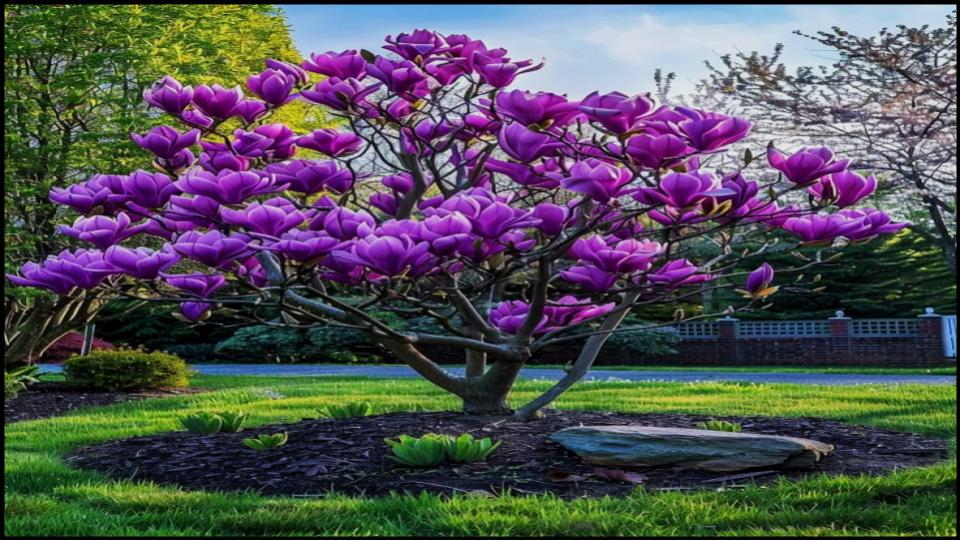
8. Japanese Maple (Acer palmatum)
No tree brings a sense of grace and Zen-like beauty to a garden quite like a Japanese Maple. With their delicate, lacy leaves and sculptural forms, they are living works of art.
- Why It’s Easy: The key is siting them correctly. They prefer protection from the harsh afternoon sun and well-drained soil. While this sounds specific, they are perfect for a shady courtyard or an east-facing garden bed. Many varieties are surprisingly tough.
- Expert Tip: One of the most common beginner mistakes is overwatering. I tell people to check the soil a few inches down; if it’s moist, wait to water. The ‘Bloodgood’ is a classic, reliably hardy red-leaf variety, while ‘Sango-kaku’ (Coral Bark Maple) has brilliant red bark for winter interest.
- Best For: Shady spots, container gardening (for dwarf varieties), and adding elegant structure and color.
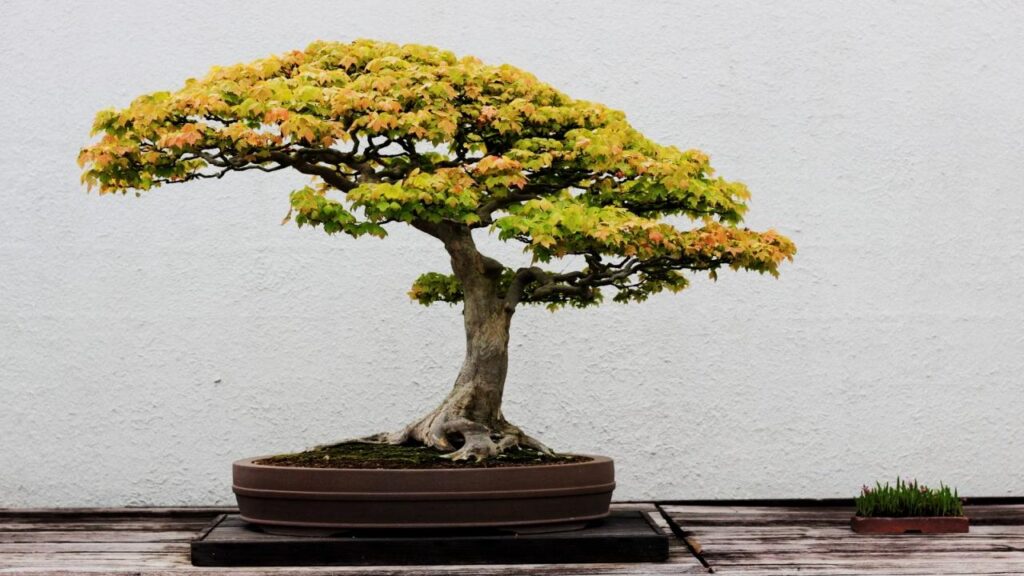
9. American Hornbeam (Carpinus caroliniana)
Also known as Musclewood for its smooth, sinewy gray bark, this is a handsome and incredibly tough medium-sized tree.
- Why It’s Easy: It tolerates a huge range of conditions, from sun to heavy shade and from wet to dry soils. It’s slow-growing but steady, and it has virtually no serious pest or disease problems.
- Expert Tip: This is my go-to tree for difficult, shady spots where homeowners have struggled to get anything else to grow. Its beautiful form and excellent fall color (a mix of yellow, orange, and red) are a fantastic bonus.
- Best For: Shady areas, formal hedges (it takes pruning well), or as a street tree under power lines.
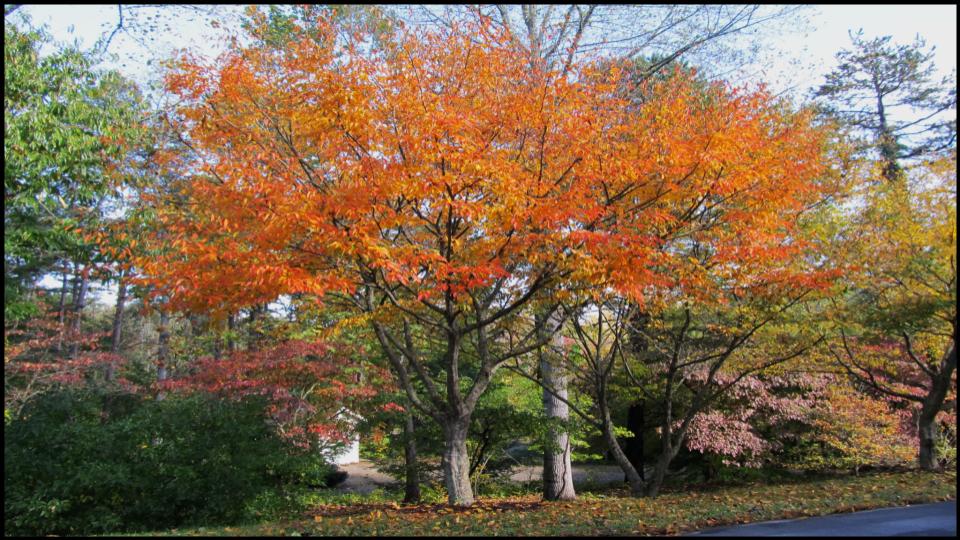
10. Ginkgo (Ginkgo biloba)
The Ginkgo is a living fossil, the last surviving member of its ancient order. This history translates into incredible resilience.
- Why It’s Easy: Ginkgo trees are legendary for their toughness. They are resistant to pests, diseases, pollution, and drought. They grow slowly and steadily, developing a beautiful structure over time.
- Expert Tip: Always, always plant a male variety, such as ‘Autumn Gold’ or ‘Princeton Sentry’. Female trees produce notoriously messy and foul-smelling fruit. Reputable nurseries will only sell grafted male trees, but it’s always worth confirming.
- Best For: Unbeatable golden-yellow fall color, urban toughness, and a unique, low-mess shade tree (as long as it’s male).
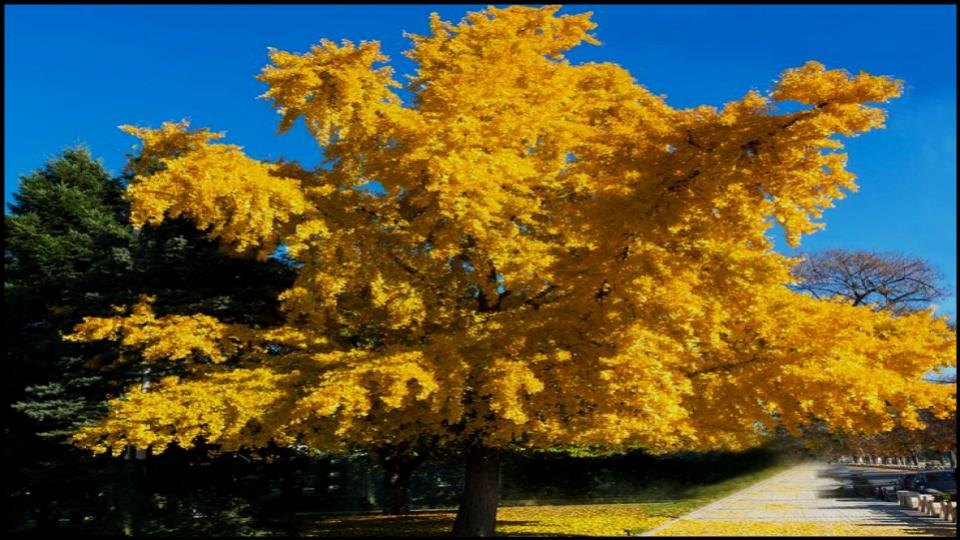
11. Leyland Cypress (× Cuprocyparis leylandii)
This tree is on the list with a very specific purpose and a strong caution. It is one of the most popular fast-growing trees for a reason: it can create a dense screen faster than almost anything else.
- Why It’s Easy: It grows at an astonishing rate in a wide variety of soils and is tolerant of salt spray, making it useful in coastal areas.
- Expert Tip: I only recommend this tree if you have a large property and are committed to yearly shearing. It can easily grow to 60 feet tall or more, quickly overwhelming a small yard. If you don’t keep up with pruning, it can become bare at the bottom and susceptible to wind damage. For most people, the Thuja ‘Green Giant’ is a superior and more manageable choice for privacy.
- Best For: Large properties needing an extremely fast, tall screen where regular maintenance is planned.
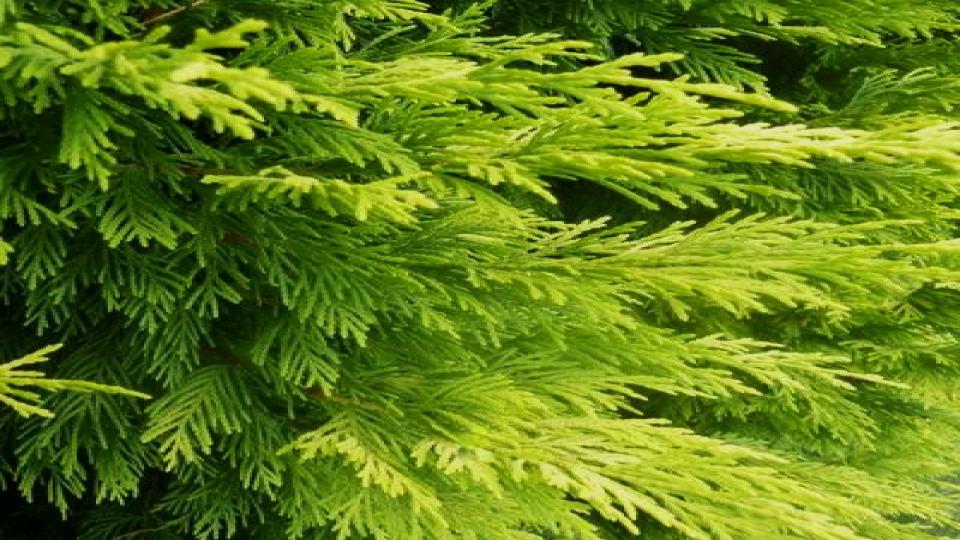
Your Journey to a Leafier Landscape
Choosing and planting a tree is one of the most lasting and impactful things you can do for your home and the environment. It can feel like a big commitment, but by selecting from these dependable and low-maintenance trees, you are not just avoiding problems; you are ensuring a future filled with beauty, shade, and pride. Each of these eleven varieties has been chosen for its resilience and charm, ready to thrive under the care of even a novice gardener.
So, take a look at your yard, imagine the possibilities, and get ready to dig in. You now have the knowledge and confidence to plant a tree that you, your family, and your local wildlife will enjoy for generations to come.
Reaad More
Avoid These 10 Plants at All Costs If You Have Clay Soil—Experts Reveal Why
